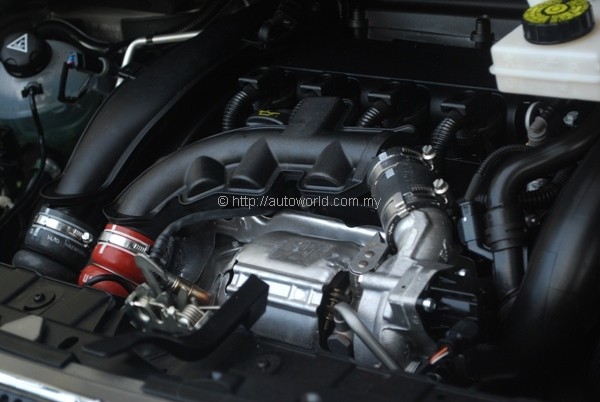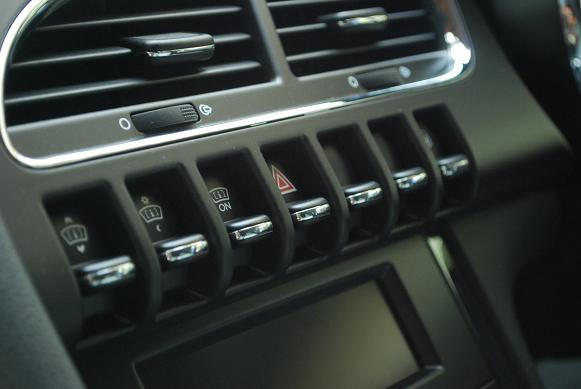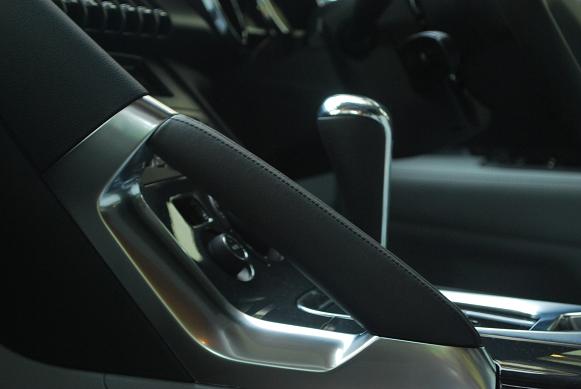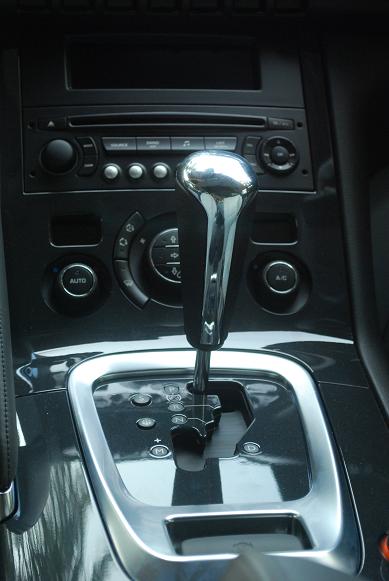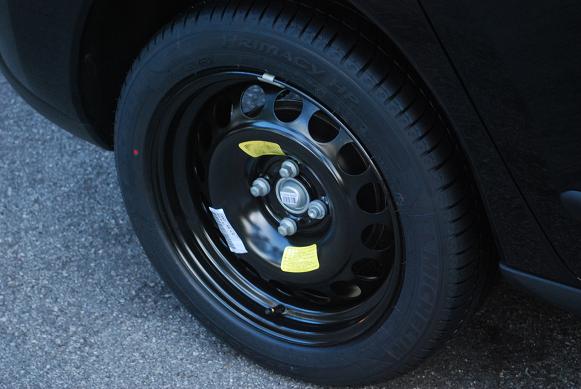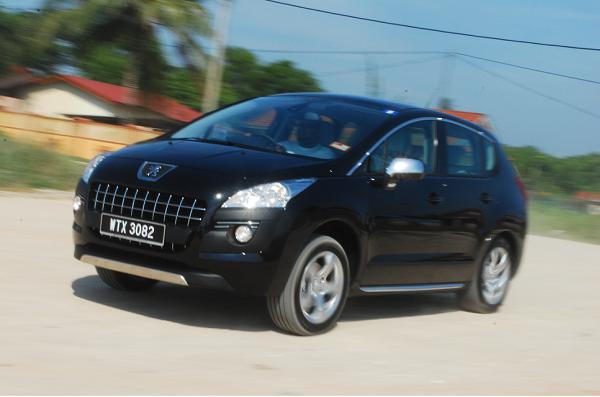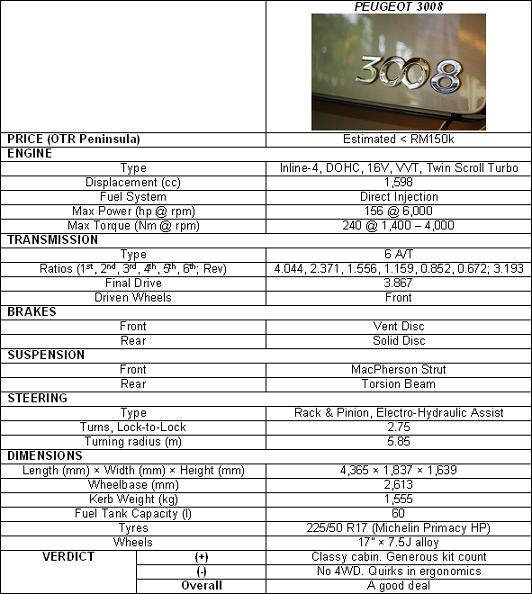Peugeot 3008 – Continental Crossover
A typical ‘Car of the Year’ award in Malaysia by our colleagues in other publications typically contains in excess of 20 categories. You may think that this is too much, but even with 20, there are still cars out there that simply defy classification.
For example, the Kia Forte is a C-segment equipped car sold at B-segment prices, while the Peugeot 308 seems to occupy a space between those two categories. Where does the smart fortwo belong? Do you consider a Mercedes B-Class a hatch or MPV? What about the BMW X6?
The lines between segments are becoming increasingly blurred, and another car set to generate this confusion is the Peugeot 3008 – which has the stance of an SUV, interior flexibility of an MPV, and the underpinnings of the Peugeot 308 hatch.
The 3008 is scheduled for launch later today, though we had a chance to get behind its wheel last week in a media drive from Klang Valley to Kuantan and back, in a route that took us through urban traffic, trunk roads, and winding highway drives.
Specs Sheet
In Peugeot’s product brief, the 3008 is positioned as an amalgamation of the SUV, MPV, and the hatchback. Just know that at a technical level, it’s a raised 308 sold as a rival to the CR-V, with the price tag to match. Prices have yet to be revealed at this point, although indications is that it would be in the region of RM145k, potentially undercutting the Honda. (ed: The 3008’s price has since been revealed. Scroll down to our list of Related Links to find out.)
The 3008 comes in front-wheel drive guise only, and this applies worldwide. There is a range of two diesel and two petrol powerplants to choose from, but official distributor Nasim Sdn Bhd is bringing in only the 1.6-litre petrol engine co-developed with BMW and currently seeing action in the 308 in two states of tune.
For the 3008, the 1,598cc four-pot engine comes with twin-scroll turbocharging and direct injection. Compared to the 308 Turbo, the 3008 gets an additional 16hp, bringing the max output figure to 156hp @ 6,000rpm. Torque is identical, however, with 240Nm dished out at 1,400rpm and dissipating only after 4,000rpm.
Where things have really stepped up from the 308 is the transmission, as Peugeot has paired the engine with the AT6 6-speed automatic transmission this time round. Although the gearbox’s hardware has been sourced from Aisin, it continues to use Porsche’s Tiptronic transmission control software. Peugeot claims that the AT6 has been timed to swap cogs faster than many twin-clutch transmissions out there.
As the 3008 sits on the same platform as the 308, it should come as no surprise that all the mechanical underpinnings are largely identical to the hatch. You get the same electro-hydraulic assisted rack & pinion steering, MacPherson strut front suspension, and a torsion beam propping up the rear.
Where the chassis differentiates itself from the 308, however, is the Dynamic Roll Control system, which introduces a central hydraulic module pressurized to 20 bar mounted onto the rear suspension crossmember. It hydraulically connects the two rear shock absorbers, allowing for suspension damping to optimized according to driving and road conditions.
A generous list of equipment includes but not limited to auto headlights & wipers, dual zone air-con, electric hand brake, cruise control, auto-dimming mirrors, and trip computer. The safety aspect is taken care of by 6 airbags, seat-belt pre-tensioners, ISOFIX mounting points, and an array of three-letter acronymed stuff.
Exterior
The 3008’s designers did a good job in masking its 308 roots. At first glance, the 3008 reminded me not of the 308, but rather the Citroen Berlingo – an impression probably borne from the darkened inserts sitting below the headlamps, further reinforced by its heightened quasi-MPV-cum-SUV stance.
Indeed, the 3008’s styling has that touch of quirkiness more commonly associated with the other half of the PSA group. Whilst existing models in the Peugeot stable, namely the 308 and the 407, are generally pleasing to the eyes, the 3008, we feel, will polarize opinions, as some may find design touches applied at the front end a little too fussy.
Reflecting its self-proclaimed SUV-MPV-hatch mixed DNA, the 3008 incorporates styling cues taken from each of those classes of vehicles. The overall shape is that of an SUV, although the roof slopes down aft of the B-pillar in unmistakable hatch fashion. The MPV cues are not particularly obvious, but it does look MPV-ish from the rear three-quarters.
Interior
If there’s one area about the 3008 that would definitely impress you in the showrooms, it’s the interior. Fit and finish is top notch, and certainly miles ahead of anything in its price range. Both in terms of outlook and build quality, this cabin reminds us of Audis, which you should know, is as high as praise gets in the car world.
Although it’s still a few miles short of Ingolstadt’s level, there are plenty of cues in there that simply ooze class – the inexcessive use of chrome surrounding at the air-con vents, the grab handle that flows from the edge of the central air-con vent to the base of the centre console, and also seven toggle switches lining at the heart of the dash.
Closer inspection does reveal a few flaws however. It starts with the single DIN audio head unit sitting below the multi-function display. Compared to official images from France, the selected setup for our market was clearly not the best unit available from Peugeot. An aux-input jack is offered, but there’s no USB or Bluetooth connectivity.
There are a total of four cupholders in the 3008’s interior – two for the front and two for the rear. The rear pair is placed in the folding centre armrest, but being only one-inch deep, they are pretty useless. Those in front hold cups and bottles better, but are poorly positioned because any bottle resting in there will obstruct operation of the gear lever.
Other storage spaces, namely the door pockets and also the centre console box have very deep recesses. The door pockets swallow entire bottles of mineral water, and the centre console box is so deep that drug lords might want to consider this for use as their official cars. There is also a useful underfloor tray at the feet of rear passengers, and a thoughtfully designed slot for your parking & Touch & Go cards to the right of the steering column.
In the Peugeot showrooms, the salespeople are likely to also draw your attention to the heads-up display and also the panoramic moonroof. When activated, the HUD displays only vehicle speed, proximity warning, and cruise control information. In all honesty, we couldn’t see any practical use for the moonroof, but Nasim personnel indicated to us that customers in product clinics badly wanted this feature to be included. Take it from us, people, the novelty wears off.
Although there are some minor quirks, the 3008’s interior is certainly among the best that we’ve sampled in its price range. We reckon that more than a few customers would have been sold the moment they sat inside without even testing it.
Driving Impressions
Those who test it over a quick spin round the block are unlikely to find too many faults with it either. The smooth and responsive engine-transmission combo ensures plenty of get-up-and-go with 240Nm washing you up the tacho from 1,400 to 4,000rpm. It looked promising on paper, and it certainly delivered the goods on the road. Acceleration was smooth and seamless, while cruising at high speeds were accomplished without breaking sweat.
Although we couldn’t verify if the AT6 really had faster gearchanges than a DSG, we won’t argue with its six ratios. Cruising on the highways at 110kph barely needed 2,000 revs per minute, and there certainly was no lag when we summoned its manual override feature – more useful on trunk roads than highways.
Front-wheel drive and height exceeding 1,600mm does not make for a good opening premise as far as handling is concerned. What Peugeot managed to come out with from this less-than-promising position is indeed praise-worthy. The Dynamic Roll Control system works as advertised to keep the 3008 as flat as possible when hammered along our trunk roads, although one should not expect the same kind of competence as a BMW X1.
Conclusion
There isn’t a great deal to shout about the 3008 in terms of driver appeal. It is competent, but not spectacularly so – engine packs good grunt and it handles better than you would expect. It makes for a good commuter for both urban and outstation use, but it simply did not put a smile on my face.
Where Peugeot really aced it with the 3008 is in the cabin. The entry-level looking ICE unit aside, that dash would pass scrutiny even in cars twice its price. There are some ergonomic quirkiness, but you will not find a cabin built with better materials or fit and finish at its expected price range.
With half-decent driving dynamics and a classy interior, the deal for the 3008 is further sweetened by a generous offering of kit. It ultimately looks and feels a lot more expensive than the sub-RM150k price tag which we expect it to command.
 |
Against the Honda CR-V?
Now comes the RM150k question, is the 3008 good enough to knock the Honda CR-V off its perch? Not quite, but it makes for a compelling alternative, having the longer equipment list and looking the more expensive car of the two.
However, the Honda still holds three trump cards with its 4WD ability, a more spacious cabin, and most importantly, unwavering brand loyalty from Malaysians. The 3008 will cause some concerns over at Honda, but it still has plenty to do before actual damage can be seen on Honda’s sales charts.
UPDATE (7/6/2010, 2245hrs, UTC +8)
The 3008 has just been officially launched by Nasim earlier today with official price announced. Follow the link ‘Nasim launches Peugeot 3008′ in the list of Related Links below to find out more.






